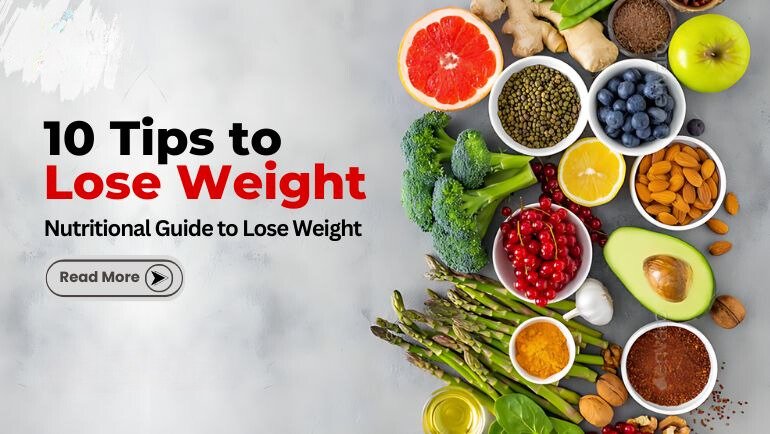Fat Burning Exercise
Burning body fat is straightforward; you must use up more calories than you consume. If your body doesn’t use all the calories you have consumed, they will be stored as body fat. To stop building up body fat, you need to either decrease the amount of calories you are consuming or increase the levels of daily exercise. A combination of both will have the most significant effect. A regular Fat Burning Exercise plan, combined with a balanced diet is the most efficient way to burn off the unwanted fat.
To burn fat, you need to eat well. If you don’t take in sufficient calories, your body will slow down your metabolism, making it much harder to lose weight and keep the body fat off. Eating small meals is recommended as it keeps your metabolism up and helps stop you eating and snacking on empty calorie foods, such as chocolate and crisps.
Weight Loss – Exercise
The amount of energy (calories) you burn is the most important factor in using exercise as a means of weight control. The idea is that the more effective the Benefits of Exercise is the more calories you burn; therefore, more weight can be lost. The best heart rate for burning fat is around 80% of your max heart rate. At first, it is recommended that you work at a low intensity and build it up, as you generally need to be in good shape to Fat Burning Exercise at a high intensity for an extended period of time. As your fitness levels and endurance improves, the intensity can be increased.
Unfortunately, success cannot be guaranteed overnight, but if you stick with a training program, you will start to see results, and feel them too!
Tips for Fat Burning Exercises
Weight Training
Weight training increases your lean muscle tissues; this means your metabolism will increase, and you will, therefore, burn more calories during exercise and also when you are resting. Resistance training means using your muscles repeatedly with weights of various exercises, such as a bicep curl or shoulder press, for example. It is also possible to build strength and muscle by using your body weight, e.g., press-ups.
Cardio Workouts
Your body needs oxygen to burn calories effectively. This is why cardio exercise is so essential for burning body fat. It is recommended to complete 30 minutes of cardiovascular training 3-4 times each week, such as running or cycling. This is usually much easier to fit into a busy schedule by using home fitness equipment.
Undertake High-Intensity Workouts
A high-intensity workout will burn a large number of calories, for example, going for a run will burn a lot more calories than walking the same distance. Cross trainers and treadmills are usually some of the best pieces of calorie-blasting home fitness equipment.
Interval Training
One of the best methods to epitomize fat loss is interval training. During an exercise session, you need to change between low and high-intensity training, each for short amounts of time. The best example is walking for 2 minutes and then running for 2 minutes, repeated over a session of 20 or 30 minutes on a treadmill. Speeds and resistances can also be changed on exercise bikes or cross trainers to allow for interval training.
Emphasize Quality Over Quantity
It is important to fit in quality training sessions during your week. However, they should be spread out to let your muscles rest and repair. It is better to do 40 minutes of intensive training 3 or 4 days of the week than training every day with a low effort level.
Start Slowly
Begin your program slowly; take your time, plan, and enjoy your training. It is a good idea to set goals and plan your next workout. It is best to gradually increase the intensity of the training than to start high and burn out in the first week.
Regularity is the Key
In order to achieve positive changes and results, it is recommended to try and fit in at least 3 exercise sessions a week, where 300 or more calories are burned. If you are looking for faster progress, then exercise more frequently and burn more calories.
Weight Loss – Diet
Weight loss principles are simple – when the intake of calories is less than you are using throughout a day, the body has to consume energy that is stored in fat. This means you lose weight. However, if you consume more calories than you are burning, the excess is stored as body fat. It is recommended to only try and lose a couple of pounds each week, and 3500 calories count as 1lb of weight. Therefore if you are trying to lose 2lbs each week, you need to be creating a calorie deficit of around 1000 each day. This can be achieved by diet but is most effective when combined with exercise.
Tips for a Weight Loss Diet
Eat Smaller Amounts More Often
To prevent your body from storing excess calories as fat, it is recommended to eat small, regular portions. Try to eat 6 small meals a day, combining both proteins (fish, chicken, etc.) and carbohydrates (rice, pasta, etc.). As a rough guideline, each portion of protein or carbohydrate should be around the size of your fist. Also, eat as much salad and vegetables as you like, not only are they good for you, they will make you feel full and don’t contain lots of calories or fat. Eating keeps your metabolism high, and a fast metabolism will burn the calories you consume much quicker.
Reduce or Eliminate Empty Calories
Snacks such as sweets, chocolate, soft drinks, and crisps will quickly put back on all those calories you have burnt by exercising. Remember that many foods include hidden fat and sugar. Also, did you know just 1 pint of lager contains over 200 calories!
Eat More Fruits, Vegetables & Whole Grains
By eating unprocessed food such as fruit and vegetables, you will notice you can eat large amounts without gaining weight. If you switch from a diet that contains large amounts of junk food, you will find you can eat more, consume fewer calories, and lose more weight.
Eat More Fibre
Fiber helps to keep us feeling full for long periods of time and helps weight loss by moving fat through our digestion system quickly, meaning less is absorbed. You may find that 1 slice of whole-grain bread is more filling than 2 slices of white bread as it contains much more fiber than white bread.
Be Patient and Don’t Try too Hard
Stick to your diet and exercise plans for 6 days a week, and always have 1 day off where you rest and eat whatever you want. This works much better than trying to stick to it 24/7 and means you don’t get fed up with yet another diet. Just make sure you’re back on track for the start of the next 6 days. Focusing on quick weight loss can lead to unhealthy eating and only short-term success. Focus instead on improving your health in the long term, you will not only look fitter and healthier, but you’ll feel it too.












One thought on “Fat Burning Exercise & Weight Loss Tips”
Comments are closed.